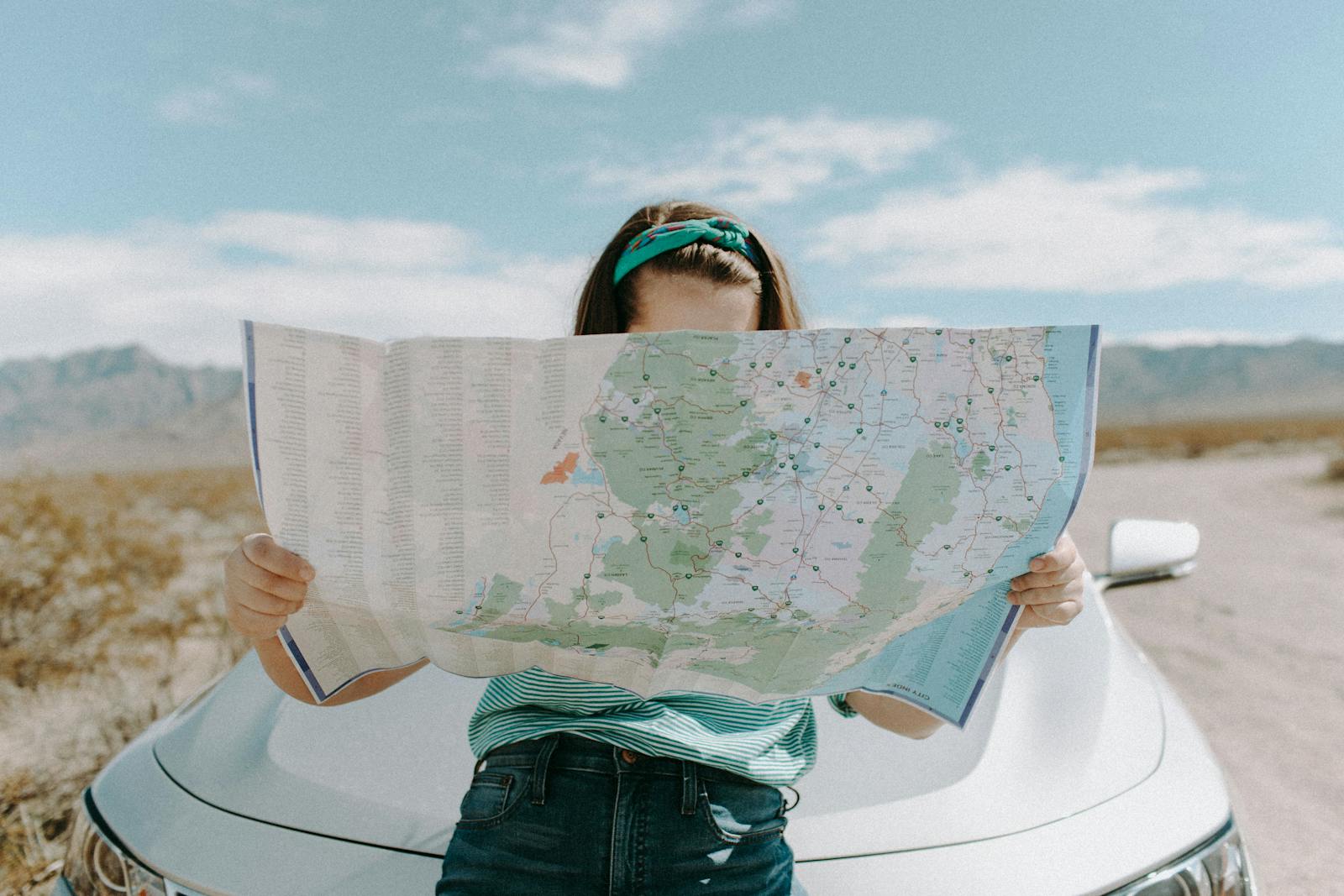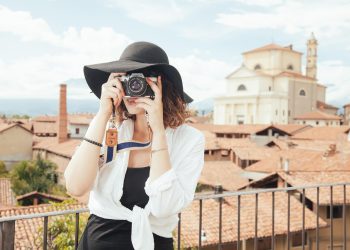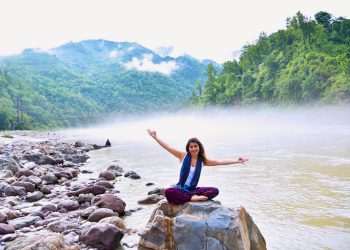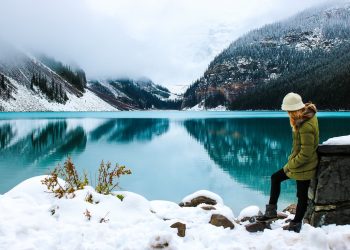Travel is more than just a change in location—it’s a deeply personal journey that weaves together discovery, emotion, and experience. While photos and videos have long served as the primary medium for capturing moments, the true essence of travel often hides in the sensory details, the spontaneous laughter, and the subtle shifts in one’s inner world. To truly preserve the magic of wanderlust, travelers today are seeking more creative, personalized ways to immortalize their adventures. Beyond snapping selfies and panoramic views, the art of memory-making invites us to slow down, reflect, and tell our stories in ways that go far beyond the lens.
Reimagining the Travel Journal
The travel journal is no longer just for long-winded diary entries; it has evolved into an open canvas for creativity. Think of it as a hybrid between a scrapbook and a storyteller’s notebook. Instead of simply jotting down where you went and what you saw, try writing short poems, sketching what you see, or capturing the sounds of a bustling street market with descriptive prose. Jot down overheard conversations or record how the air smelled near the ocean cliffs. By incorporating your five senses into your writing, your journal becomes a living artifact of your journey.
Some travelers take this further by pairing journal entries with polaroid pictures, dried flower petals, ticket stubs, or hand-drawn maps. The tactile experience of flipping through pages filled with textures and layers evokes a richer, more immersive recollection than scrolling through a digital photo gallery ever could.
Create a “Found Objects” Collection
There’s a certain magic in collecting humble, everyday items from your travels—matchbooks, sand, pressed leaves, candy wrappers, or even receipts written in foreign scripts. These artifacts, though seemingly mundane, hold the power to transport you back in time. One traveler may remember a blissful afternoon sipping espresso in a Roman café every time they glance at a sugar packet, while another might find joy in a train ticket from Tokyo that marks their first solo adventure.
You can display these collected items in shadow boxes, mason jars, or hand-labeled drawers. Even more creatively, you might create a “sensory travel shelf” at home where you showcase these small treasures—each item a portal into a different chapter of your life.
Storytelling Through Photography—With a Twist
Instead of relying solely on conventional photography, think of your camera as a tool to tell a narrative. Try photo challenges like capturing “a day in the life” of a street, a color theme in a new city, or the transformation of a single scene over several hours. Avoid tourist traps and instead look for quiet, often-overlooked moments: a woman tying her shoelaces beside a canal, children chasing pigeons in the square, or the texture of peeling paint on an old door.
Photographers can elevate their work by integrating handwritten captions, personal reflections, or pairing photos with short audio clips using QR codes or apps. The result is a multimedia journal that gives context and voice to the visuals, bringing them to life with feeling.
Make a Travel Playlist (Or Sound Diary)
Music evokes memory like few other art forms can. Create playlists for each journey you take, filled with local artists, songs you discovered on the trip, or tunes that match the mood of your destination. For a truly personal take, consider recording ambient sounds—waves crashing at night, city traffic, a flamenco street performance, birdsong in a quiet forest.
Sound diaries, when paired with journals or photo books, add a layer of emotional depth. Just hearing the rhythm of a Brazilian samba you danced to or the soft murmurs of a Tibetan temple can reignite a moment in vivid color.
Cook the Journey
Food is memory made edible. One of the most heartfelt ways to relive your travels is by cooking dishes you fell in love with abroad. But rather than simply following a recipe, infuse your cooking with the story behind the dish: where you were, who you were with, what you were feeling.
Keep a “flavor journal” of spices and ingredients unique to each trip. Preserve sauces, herbs, or oils when possible, or recreate meals with local substitutes. Invite friends over for a “travel dinner night” and serve them not only the dish but also its tale. In doing so, you keep the spirit of the place alive—not only for yourself but for those around you.
Paint or Sketch Your Impressions
Even if you’re not a trained artist, visual expression can be one of the most powerful ways to document a journey. Watercolor sketches of a skyline, colored pencil drawings of your favorite meal, or abstract paintings inspired by the colors of a marketplace can all capture a mood far better than words sometimes can.
If you’re unsure where to begin, try painting postcards and mailing them home as you travel. When you return, you’ll have a visual diary delivered straight to your door—a collection of moments painted in the moment, infused with fresh emotion and vivid memory.
Build a Memory Map
Cartography meets creativity when you design your own memory map. Unlike regular maps, these aren’t focused on geography alone, but on experience. Mark not just where you went, but how you felt there. Use symbols or colors to represent emotions—yellow for joy, blue for reflection, red for adrenaline. Trace your journey with doodles, quotes, or even scent associations.
Over time, you’ll create a personalized atlas not of land, but of lived experience—an emotional terrain that tells the story of who you were and who you became through travel.
Digital Storytelling with a Human Touch
In our tech-driven world, digital storytelling still has room for soul. Instead of relying solely on Instagram or TikTok, build a personal blog or micro-website dedicated to your journey. Fill it with narratives, voice memos, digital collages, or interactive elements like embedded maps or time-lapse videos.
Don’t shy away from showing the raw side of travel too: the misadventures, the unexpected moments of quiet, the people who changed you. This makes your story not just more authentic, but more relatable to others. It’s not about curating a perfect trip; it’s about expressing a real one.
Collaborate with Others
Sometimes, the best way to remember a journey is through someone else’s eyes. If you traveled with friends or made new ones along the way, invite them to contribute to your memory-keeping project. Create a shared journal, group photo book, or even a collaborative video where each person contributes a story or moment that meant something to them.
This not only preserves a richer, more multifaceted memory of the trip but strengthens the relationships forged through shared experiences. Travel memories aren’t only about the places we go, but the people who share the path.











